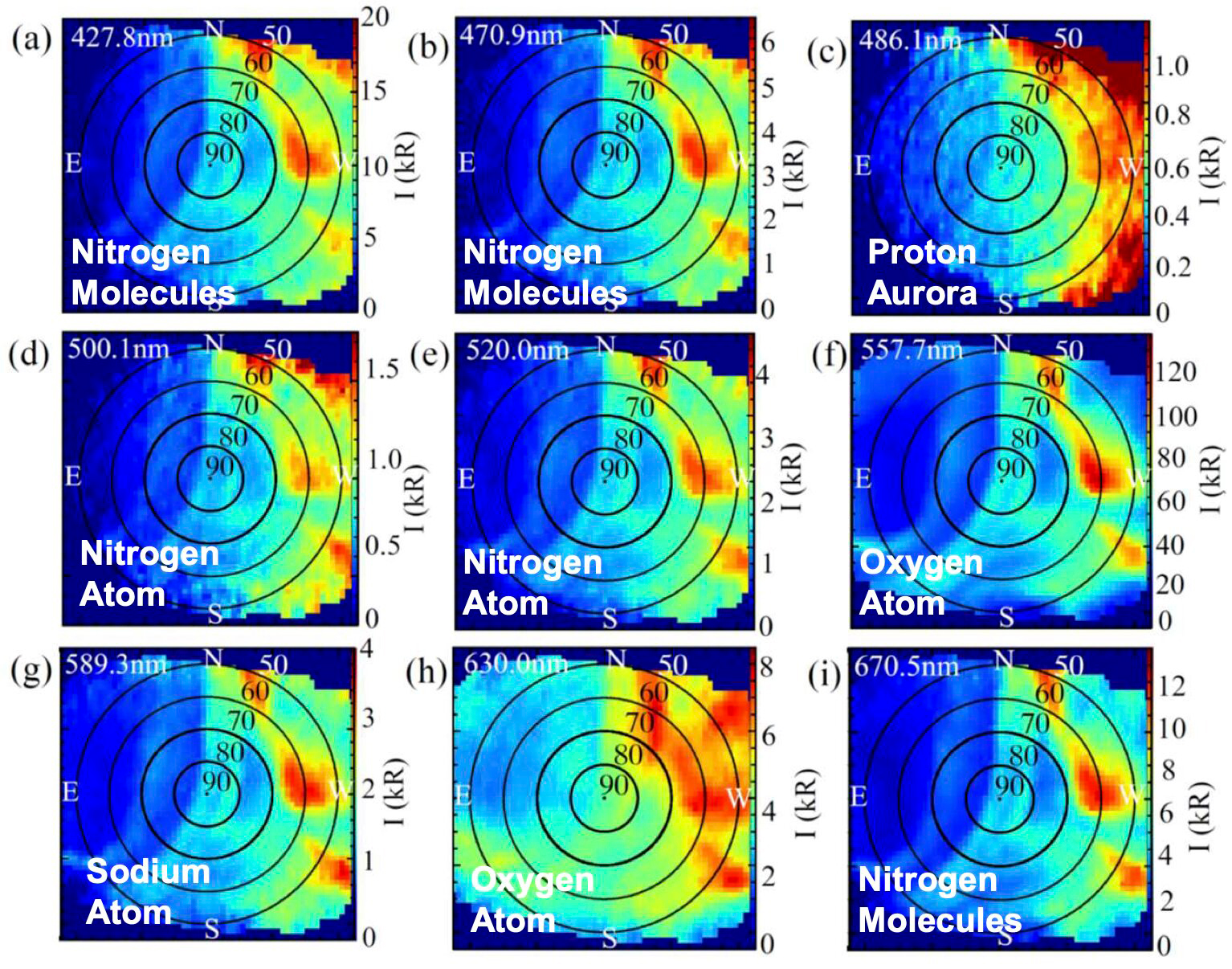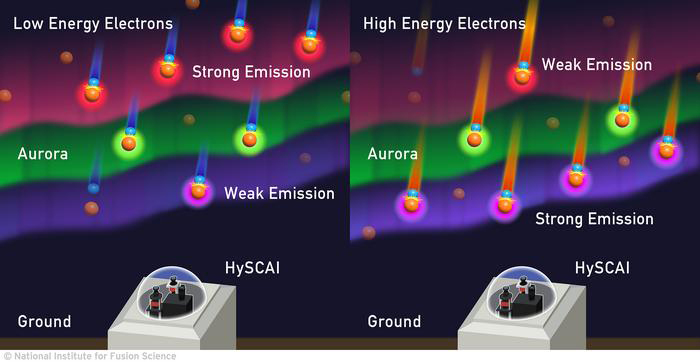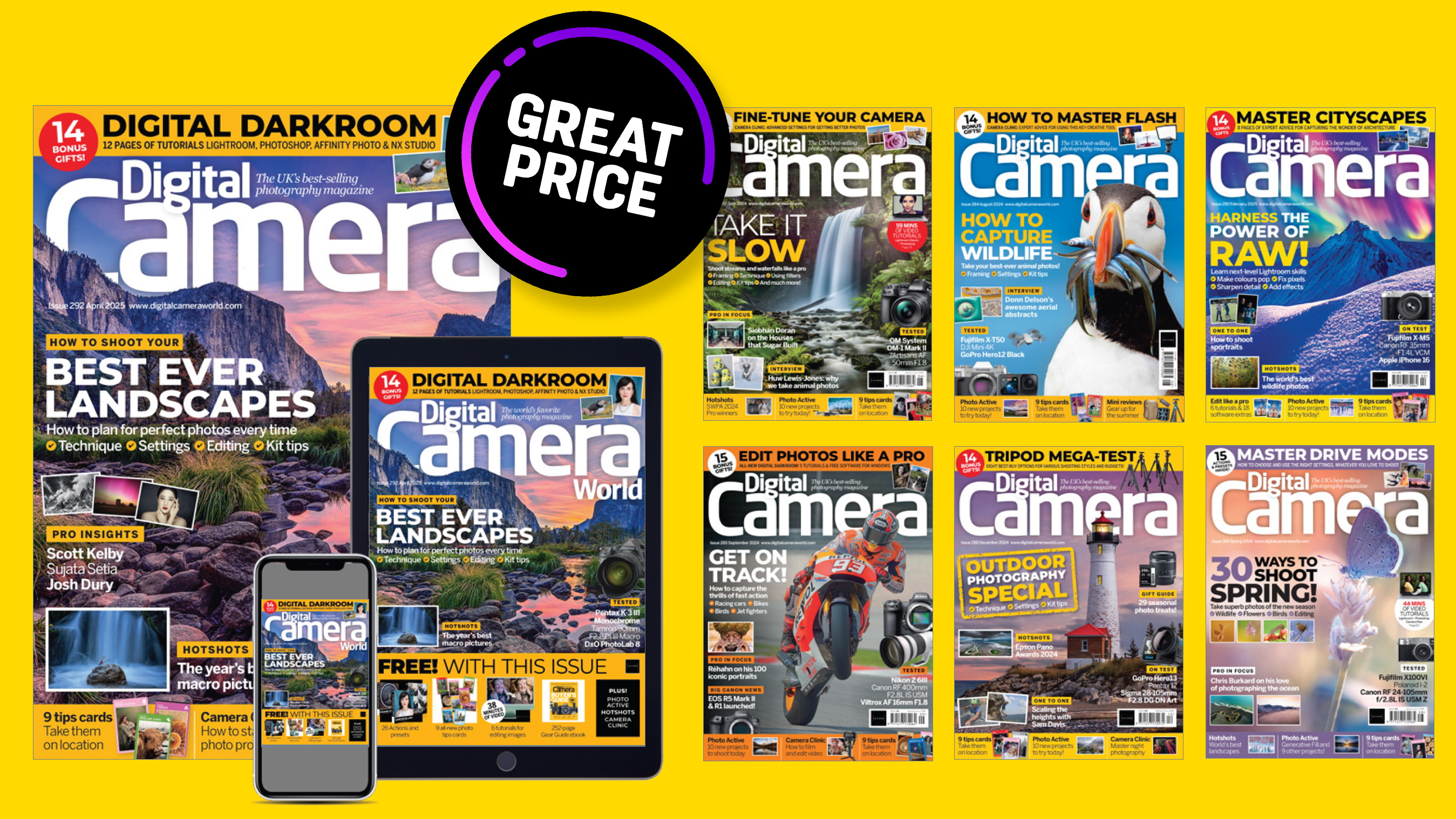Hyperspectral Camera reveals the true colors of the Northern Lights
The first ever 'hyperspectral' image of the Northern Lights has been published, showing its true colors
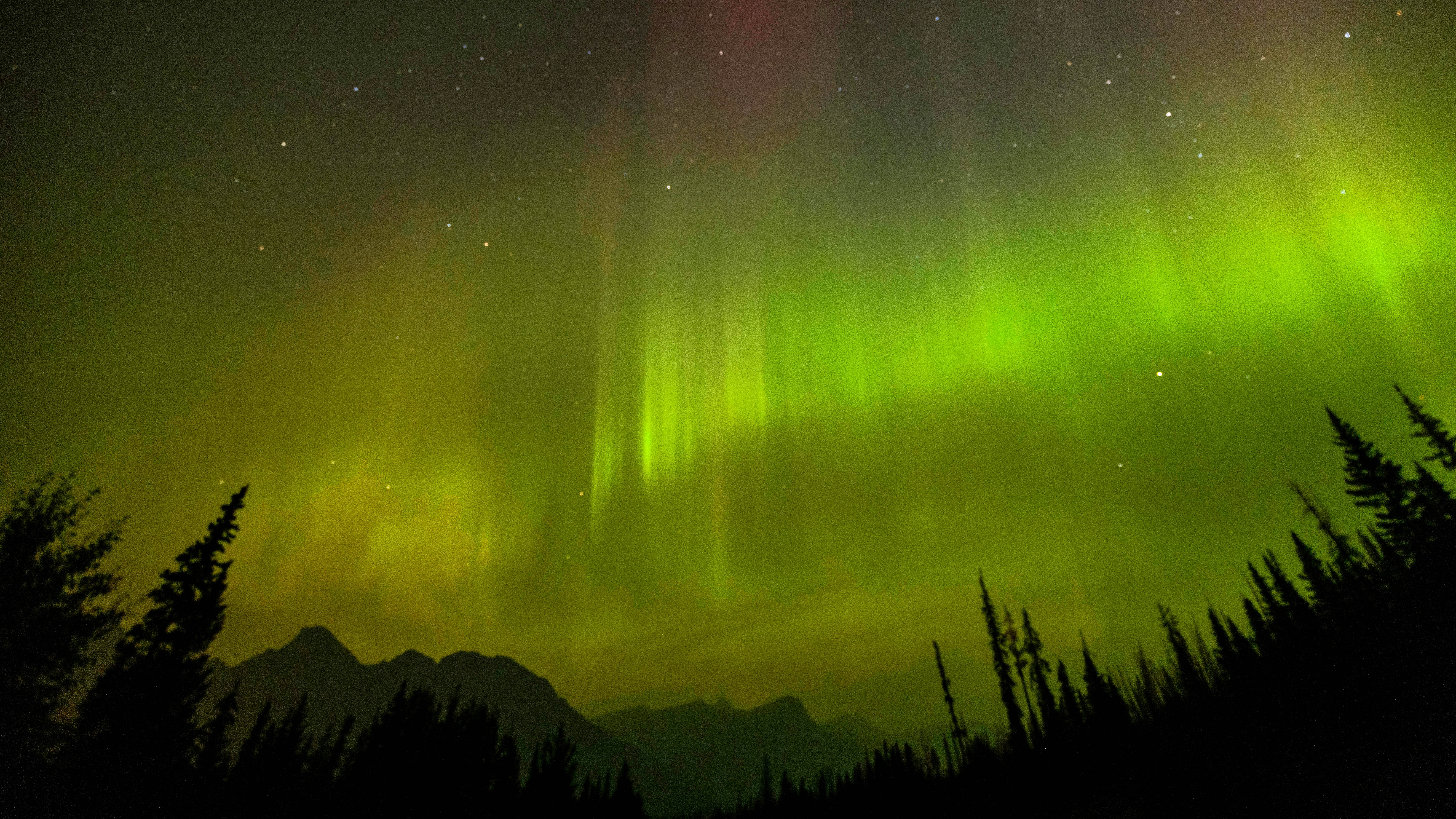
A brand new and exciting piece of imaging technology has captured the first ever 'hyperspectral' image of the Northern Lights, showing in detail every color that occurs in its glittering light display.
The Northern Lights put on a spectacular display earlier this year, and astrophotographers around the world captured its beauty in a range of stunning images, leading many to ask why the Northern Lights never look as good as in the photographs.
While these images are evidently beautiful, a 'hyperspectral' image is the only way to show the human eye what it's actually looking at.
The National Institute for Fusion Science based in Gifu, central Japan, has installed the ultra-sensitive Hyperspectral Camera (HySCAI) at the Swedish Space Center's Kiruna Esrange Optical Platform Site (KEOPS) in Kiruna, Sweden. This location is just below the auroral belt, where the auroras can be observed often.
Both the Northern Lights and the Southern Lights are sparked by the interaction of electrons falling from the sky and the Earth's upper atmosphere. Most of the light we can see occurs when these electrons collide with the oxygen and nitrogen in our atmosphere, and the colors are determined by the transition energy levels, molecular vibrations and rotations.
"For the first time, a detailed spatial distribution of color (a two-dimensional image), a hyperspectral image of the aurora borealis, has been obtained," said a news release from National Institutes of Natural Sciences.
So, what is a hyperspectral image? Hyperspectral imaging collects and processes information from across the electromagnetic spectrum, with the goal of obtaining the spectrum for each individual pixel in the image.
The best camera deals, reviews, product advice, and unmissable photography news, direct to your inbox!
This type of process produces a 2D image that gets broken down by wavelength, or colors. Using this technique enables scientists to study the aurora borealis in exquisite detail, measuring the emissions of the aurora, and the amount of energy from the incoming electrons that cause the aurora and determine which colors are prevalent.
It took half a decade from the planning stage to develop a highly sensitive system capable of measuring auroras at 1kR (1 kilo-Rayleigh), which was installed at KEOPS in 2023. They combined a lens spectrometer with an EMCCD camera, which had been used in the development of the Large Helical Device, with an image sweep optical system using galvanometer mirrors.
Researchers are hoping to "[solve] ] important auroral issues such as the distribution of precipitating electrons, their relationship to auroral color, and the mechanism of auroral emission," according to the news release.
Take a look at our guides to the best cameras for astrophotography, the best lenses for astrophotography, and the best star tracker mounts for astrophotography.
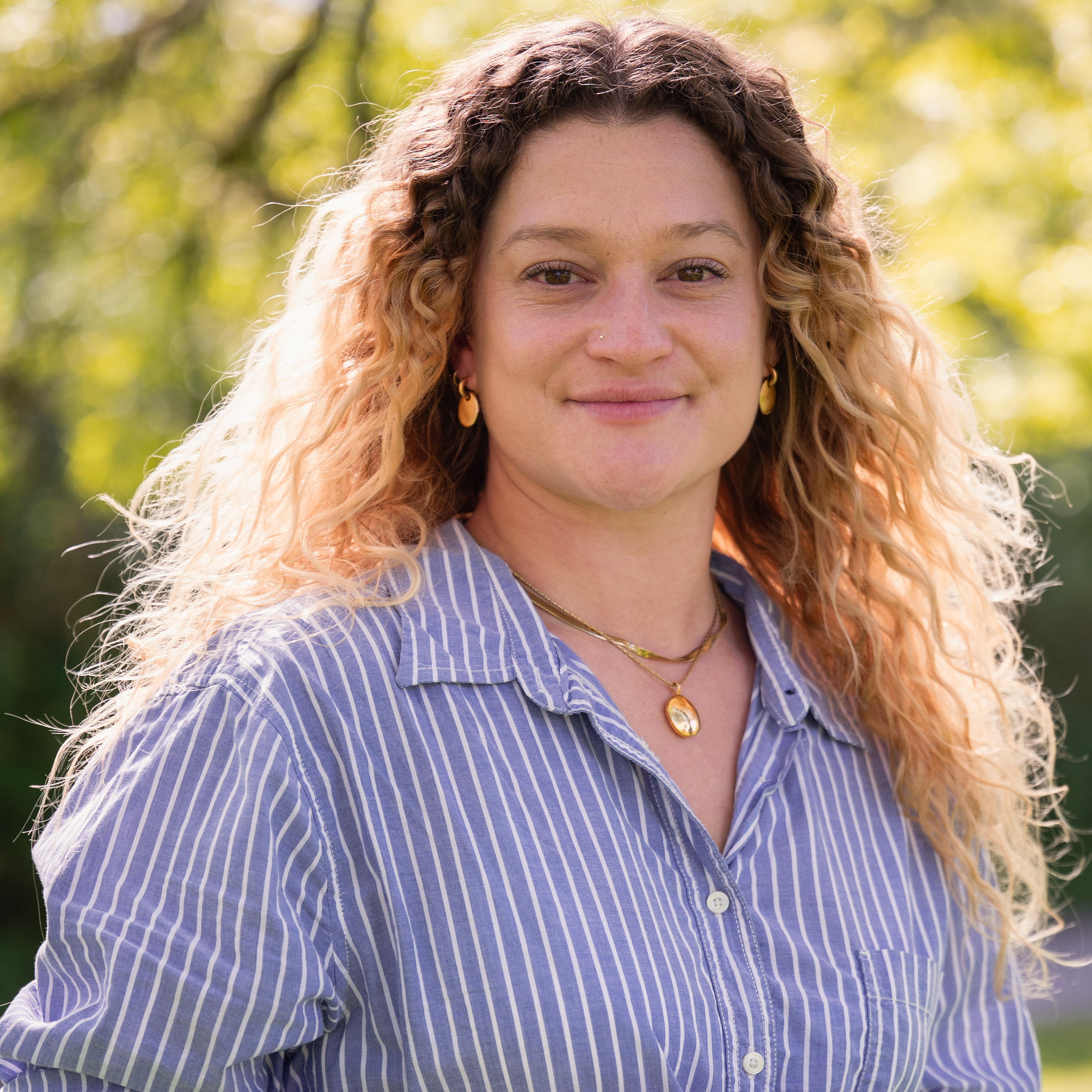
After graduating from Cardiff University with an Master's Degree in Journalism, Media and Communications Leonie developed a love of photography after taking a year out to travel around the world.
While visiting countries such as Mongolia, Kazakhstan, Bangladesh and Ukraine with her trusty Nikon, Leonie learned how to capture the beauty of these inspiring places, and her photography has accompanied her various freelance travel features.
As well as travel photography Leonie also has a passion for wildlife photography both in the UK and abroad.
